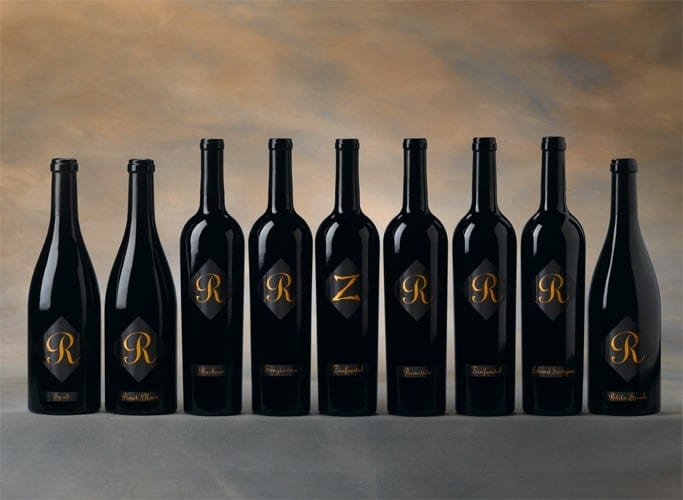Winemaking
⇒ EXPLORE OUR WINES – View 2025 Release Schedule
Our wines are characterized by a fruit forward nature to both the aroma and flavor that provides a good representation of the grape used to make the wine. This is followed by a depth, richness, and complexity that is enhanced by aging in small oak barrels. Our wines finish with a smooth aftertaste where the tannins are soft and mature. My mantra as a winemaker is to pack as much flavor and character into a wine as possible without stepping over the line and making a wine so tannic that aging is required to balance and round the wine. This is not to say that our wines won’t age. They will. It’s just that they don’t need to in order to be enjoyed. I have had many conversations with our visitors regarding aging. What really focuses the discussion is my question, what is it about this wine you want to change by aging? There is usually a pause and a reflection and then a realization that there really isn’t much that aging is going to provide that the wine doesn’t already have upon release.

We don’t make wine with the expectation that the consumer is going to age it to maximize their enjoyment of it. Over the past three decades we have developed and refined our winemaking techniques and protocols to provide a rich full flavor without the burden of chalky astringent tannins. I made that type of wine in my youth and some of my earlier efforts are still in my cellar. Unfortunately the fruit has dried up and faded away and the tannins are still present. On the other hand we have enjoyed ten and twelve year old Barberas, Zinfandels and Petite Sirahs that still have plenty of fruit character and interesting nuanced bouquets from time spent in the bottle. One of the advantages of managing the tannins in the wine is that they can carry a bit more fruit acid and it is this additional acid that helps the wine hold its fruit flavors as it ages. I don’t want to sound too technical, but it has become fairly easy to predict the aging potential of our wines simply by looking at the pH at bottling.
For our first twenty vintages, we purchased all of the grapes we used to make our wines. Instead of growing our own grapes, we found the finest growers growing the right varieties in the best locations and partnered with them to provide us with fruit. This enabled us the ability to produce wines with a wide variety of flavors and textures from throughout California. This business model has played a large part in our success. In February of 2017, the property to the north and adjacent to the winery went on the market. On it are ten acres of grapes, five of which are Zinfandel planted in 1890. It wasn’t with the desire or intention to become growers that we purchased the vineyard, but rather it was an opportunity we couldn’t ignore. Like we would with any new grower, we ‘test drove’ some of the grapes and were very happy with the results; especially the ‘old vine’ Zinfandel. While we do not use all of the grapes we grow, we are excited to offer an Estate Bottle Zinfandel, Verdelho, Port, and Grenache from our own vineyards. We still purchase 87% of our grapes and for the 2023 Vintage, we plan to make 41 different wines from 12 appellations.
AMADOR COUNTY
Zinfandel, Primitivo, Barbera, Sangiovese, Carignane, Charbono, Verdelho, Tempranillo
EL DORADO COUNTY
Charbono, Malbec, Alicante Bouchet
NAPA VALLEY
Pinot Noir, Chardonnay
PASO ROBLES
Syrah, Cabernet Sauvignon, Grenache, Graciano, Lagrein
CLARKSBURG
Petite Sirah, Cabernet Franc
LODI
Grenache, Touriga, Tannat, Tempranillo, Graciano
STANISLAUS COUNTY
Petit Verdot
SAN JOAQUIN COUNTY
Alicante Bouchet
RIVER JUNCTION
Muscat Canelli, Viognier
